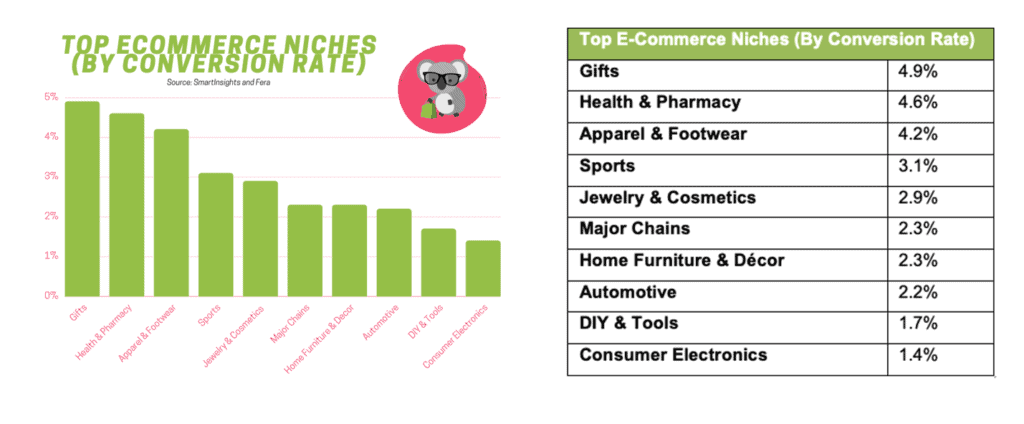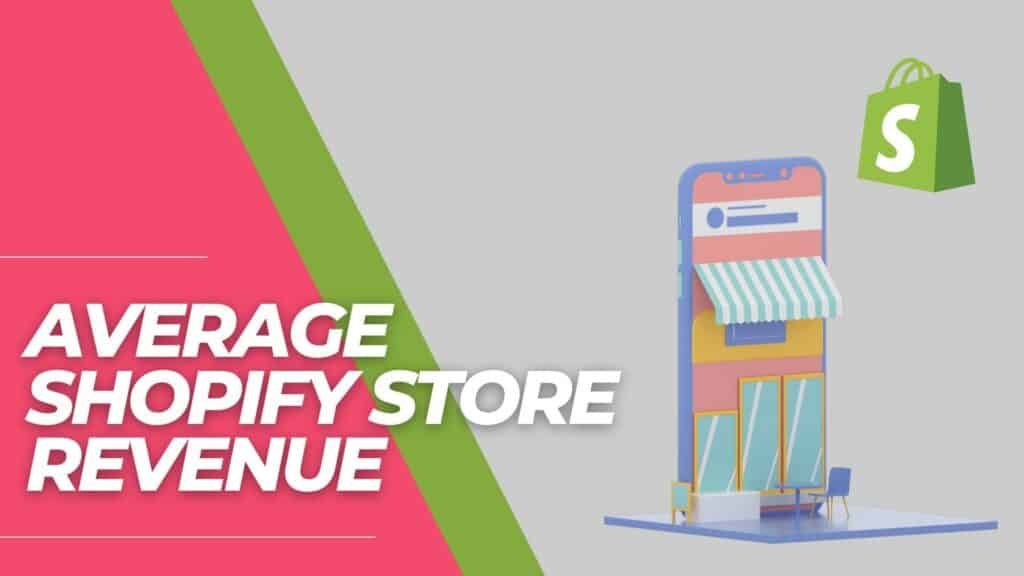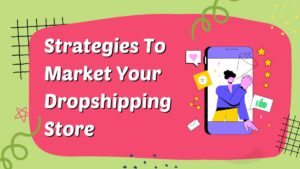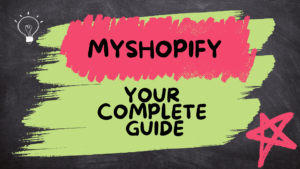Keeping track of your competitors’ average Shopify store revenue and staying ahead of the curve to manage your Shopify store is pivotal to flourishing. The question is, how do you go about doing it? To ensure that you are doing all that you can to succeed against your Shopify competitors, you need to calculate their average Shopify store revenue and have a good grasp of what the formula entails. In turn, this will allow you to determine how much work or adjustments you need to put in to optimize Shopify store performance, so you can match their revenue.
Try our Shopify store revenue checker formula below.
In this article, we will be sharing the many ways in which you can use this formula to spy on your competitors’ success and eCommerce performance. We will break down each variable included in this average Shopify store revenue formula, so you can start keeping an eye out for effective strategies used by your competitors. Here are some of the best competitor spy tools, however, in this article we will use our own customer spy tool – Koala Inspector.

What’s the eCommerce revenue formula?
Fret not – finding out each component of the eCommerce revenue formula for calculating average revenue on Shopify is not nearly as complicated as you might expect!
In fact, it’s as simple as this: average Shopify store revenue is traffic X conversion rate by niche X average product prices With this in mind, we will guide you on how you can find out your competitors’ traffic, conversion rate by niche, and average order value.
We’ll elaborate on what your competitors’ average revenue means for your Shopify business.
For starters, let us think about this formula with a simple illustration. Your competitor may have had 20,000 visitors on Shopify in the past month, with a 5% conversion rate by niche (meaning 5% of these 20,000 people actually bought something). Of these buyers, the average product prices are $80.
Following the formula, your competitor has:
Traffic: 20,000 Shopify visitors
Conversion rate by niche: 5%
Average product prices: $80
Traffic x Conversion rate by niche x Average product prices = $80,000 (Revenue)
What’s behind the formula of average Shopify store revenue?
Let’s delve deep into every element in this Shopify eCommerce revenue formula: traffic, conversion rate by niche, and average order value.
1. Traffic
Web traffic is the number of visits a Shopify store receives and is usually called Shopify “sessions”. Understanding Shopify web traffic is essential for you to know as it is a standard approach to evaluating the success of your competitors’ Shopify stores.
There are mainly two types of traffic on Shopify: through paid and organic methods.
-
Paid Search
Paid search is a surefire way to increase Shopify store traffic, provided that the Shopify store is set up correctly with optimized loading time and a sound pricing strategy. Running Google Ads campaigns can help Shopify stores rank for relevant keywords so that customers can come across a Shopify store easily.
-
Social Media Ads
According to HubSpot, almost 3.43 billion people are expected to use social media in 2023. Any Shopify business that’s serious about gaining traction online should be paying close attention to social media advertising strategies, considering that it’s a marketing channel that’s continuously growing and reaching customers globally.
-
Organic Search
Organic search tactics refer to search engine results that are not paid for and should be used to complement paid search strategies. HubSpot reports that more than 50% of marketing professionals use organic results and keyword rankings to assess how effective their SEO strategies are. Even so, organic efforts take time to build and require effective and careful planning to work long-term. Some ways for a Shopify store to rank well on organic search are to look into content marketing strategies, do marketing organically on social media, and strengthen Shopify Search Engine Optimization (SEO) efforts.

2. Conversion Rate by Niche
It’s important to pay close attention to the Shopify eCommerce conversion rates by niche. What this means is that within every Shopify niche – be it cosmetics, electronics, and computers, home and garden, or pet supplies – you need to have an idea of the benchmark you should be meeting.
Some of the top Shopify eCommerce niches by conversion rate, as shown in the graph above, include gifts, health & pharmacy, apparel & footwear, sports, jewelry & cosmetics, major chains, home furniture & decor, automotive, DIY & tools, and consumer electronics. (Source: SmartInsights)
These insights are certainly not surprising, as gifts, which reign supreme with a 4.9% conversion rate, tend to cost less than higher ticket items like automotive (2.2%) and consumer electronic (1.4%) purchases. This goes to show that as long as you are performing on par with competitors in your niche and industry, you have little to worry about. Focus on increasing average Shopify store revenue, refining your customer journey, and running value-adding campaigns to build a strong loyal customer base.
Let us explore some of the top-performing niches by Shopify conversion rates.

-
Gifts
As with most other niches, a successful gift eCommerce business on Shopify with high average store revenue starts with having a good understanding of what buyers want.
Some of the top gift stores on eCommerce platforms include Etsy and Brika – both of which are empowering designers to bring their best works to their stores. Every design makes for a great gift, fit for any seasonal or special occasion.
-
Health & Pharmacy
EY previously reported that the future for pharmacies may very be within the eCommerce space. The shift towards an eCommerce-driven pharmaceutical industry comes as no surprise, given the onslaught of the COVID-19 pandemic. The pandemic made it necessary for pharmaceutical products to be readily bought on eCommerce websites without compromising safety and legitimacy.
-
Apparel & Footwear
Love shopping online and adding versatile, stylish outfits to your wardrobe? You’re not alone. Apparel & Footwear is one of the top 3 eCommerce niches by conversion rate, a testament to how much customers around the world have embraced online shopping as a means to elevate their dress sense. Ecommerce platforms like Shopify make it easy for customers to browse millions of designs, compare them with other stores and pick the best fit for them. Plus, online shopping makes it easier to order custom outfits, get sizes that are harder to obtain in-store, and check customer reviews to find the best possible product.
Some of the top eCommerce sites, by ranking as of August 2022, include Shein, Nike, H&M, Asos, and Zara. With over 100% growth every year for the last eight years, Shein is taking the world by storm with its fast fashion designs and mass appeal.
-
Sports
An enjoyable day out in the sun or an adventure-packed indoor exercise class often requires the right sportswear and fit, for maximum comfort. That’s why Sports finds itself among the top 5 eCommerce niches by conversion rate, as more shoppers turn to online stores to get their hands on sportswear and equipment. The top sports eCommerce stores include leading retailers Nike, JD, and Gymshark.
-
Jewelry & Cosmetics
Every breathtaking date night outfit is enhanced with the perfect accessory and makeup to make a bold statement. That’s why Jewelry & Cosmetics rounds out the top 5 eCommerce niches by conversion rate, attracting keen visitors and converting them into buyers. The best thing about this niche? Jewelry is often seen as timeless and classic, and will never go out of style. Plus, cosmetic products are typically high in order value, which makes them the perfect addition to any Shopify eCommerce store.
3. Average product prices
It is important to find out your competitors’ Shopify average product prices as you can assess the effectiveness of the methods they use to get customers to spend more. Besides, it can inform how you select a niche for your own Shopify eCommerce store.

Leveraging Tools to Find Average Shopify Store Revenue
Clearly, it is important for Shopify business owners to find out what their competitors’ average Shopify store revenue is, so as to make adjustments to their own business and diagnose what gaps their own stores have. However, how can you go about finding out what your competitors’ Shopify store revenue is?
Challenges associated with finding out competitors’ average Shopify store revenue
The most significant challenge you will encounter when you attempt to find out your competitors’ average Shopify store revenue is the lack of access to such information. Store owners are unlikely to publish such pieces of information, which makes it difficult to discover.
That’s why it’s crucial to find the right competitor analysis and BI tool which will reveal the information you need with just a few clicks. Introducing Koala Inspector, the ultimate eCommerce spy tool that works seamlessly with competitors’ Shopify stores and provides the insights you need to find out the average Shopify store revenue of your competitors’ stores.
Koala Inspector: a must-have tool for all Shopify eCommerce sellers
If you are looking for a tool to help you find competitors’ traffic and average product prices, look no further than Koala Inspector – the perfect addition to your workflow with over 90,000 users worldwide. It is a Google Chrome extension that provides well-rounded functionality for all budgets. For the budget-conscious, there is a free plan available that allows you to tap into select functions to maximize eCommerce store performance and revenue on Shopify. And for the more invested, opt for the inspector’s paid plans in order to take your business to the next level. Whatever your needs are, there’s bound to be the right solution for you with Koala Inspector.







